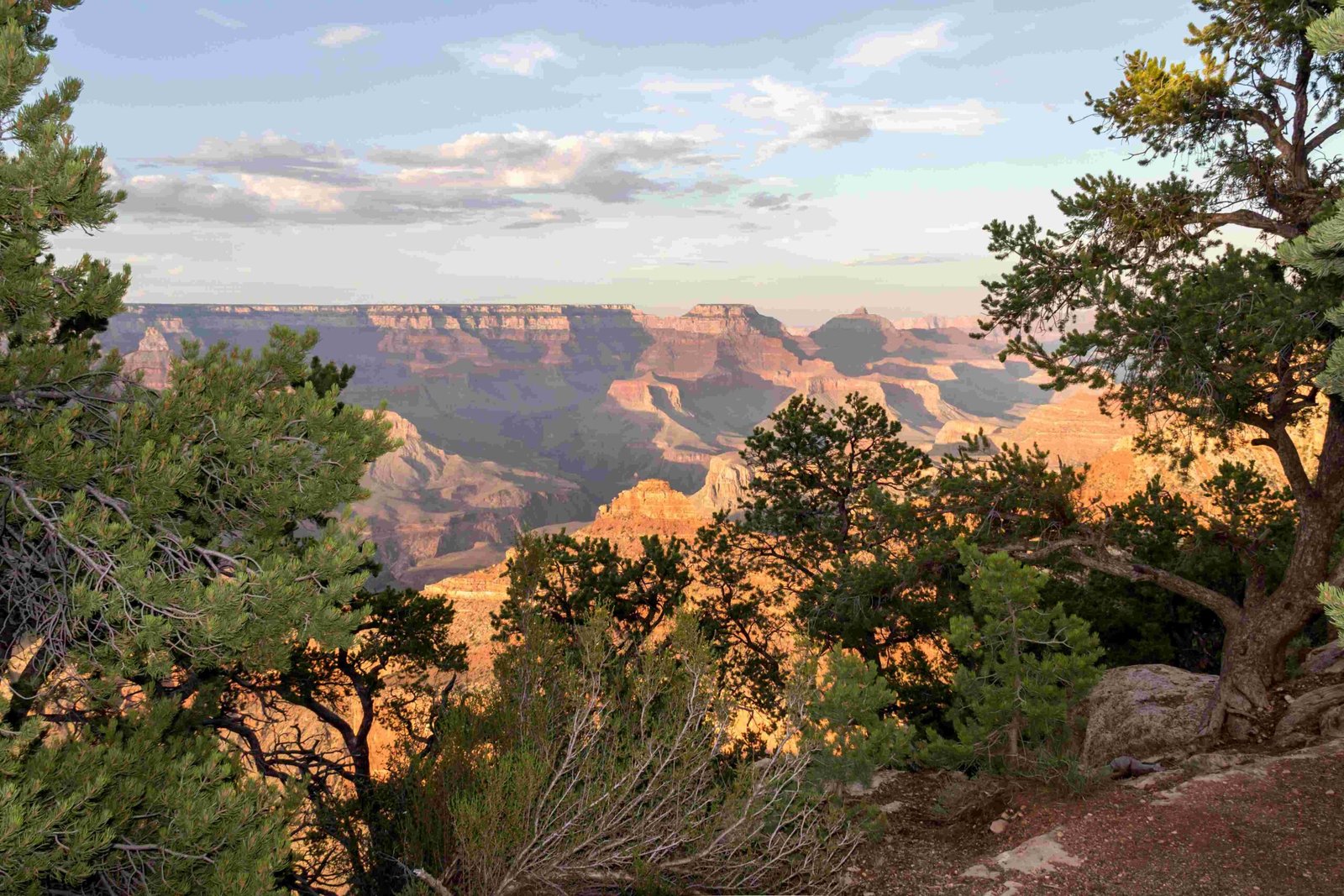The Grand Canyon represents a remarkable geological archive spanning nearly two billion years, where sedimentary rock layers chronicle complex depositional environments ranging from ancient marine basins to wind-swept desert landscapes. Each stratum tells a unique story of environmental transformation, capturing moments of sea level changes, coastal dynamics, and dramatic geological transitions that shaped this iconic natural wonder.
What Makes the Grand Canyon’s Depositional Environment Unique?
Geological Time Capsule of Sedimentary Formations
The Grand Canyon’s depositional environment is a complex mosaic of geological processes that have meticulously recorded Earth’s environmental changes. These sedimentary layers provide an unprecedented window into prehistoric landscapes and climatic conditions.
Key Depositional Environment Characteristics
| Time Period | Environment | Dominant Rock Types | Thickness |
|---|---|---|---|
| Precambrian | Rift Basins | Shale, Quartzite | 1000-3000 feet |
| Paleozoic | Shallow Seas | Limestone, Sandstone | 600-800 feet |
| Permian | Desert/Wind | Sandstone | 200-300 feet |
How Did Marine Environments Shape the Grand Canyon?
The Grand Canyon’s marine depositional environments primarily developed during the Paleozoic era, characterized by:
- Shallow Tropical Seas: Responsible for creating extensive limestone formations
- Coastal Plain Deposits: Generating complex sedimentary structures
- Tidal Flat Environments: Producing interbedded mudstones and sandstones
What Evidence Exists of Ancient Depositional Processes?
Remarkable geological evidence demonstrates multiple depositional environments:
- Stromatolite Fossils: Indicating early marine microbial communities
- Marine Fossil Assemblages: Revealing diverse prehistoric marine ecosystems
- Sedimentary Structures: Showing wave, tidal, and current interactions
Why Are Sedimentary Layers Important?
Sedimentary layers in the Grand Canyon serve as:
– Chronological records of environmental changes
– Indicators of prehistoric climate conditions
– Scientific repositories of geological information
How Do Rock Formations Reveal Depositional Histories?
Different rock formations provide insights into specific depositional environments:
- Hakatai Shale: Marginal marine mudstones indicating shoreline regression
- Redwall Limestone: Tropical marine environment with rich fossil content
- Coconino Sandstone: Wind-deposited desert environment during Permian period
What Challenges Exist in Studying Depositional Environments?
Researchers face several challenges:
– Complex geological transformations
– Limited preservation of original depositional structures
– Interpreting ancient environmental conditions
Conclusion: A Living Geological Museum
The Grand Canyon’s depositional environment represents an extraordinary geological narrative, offering unprecedented insights into Earth’s dynamic environmental history.

